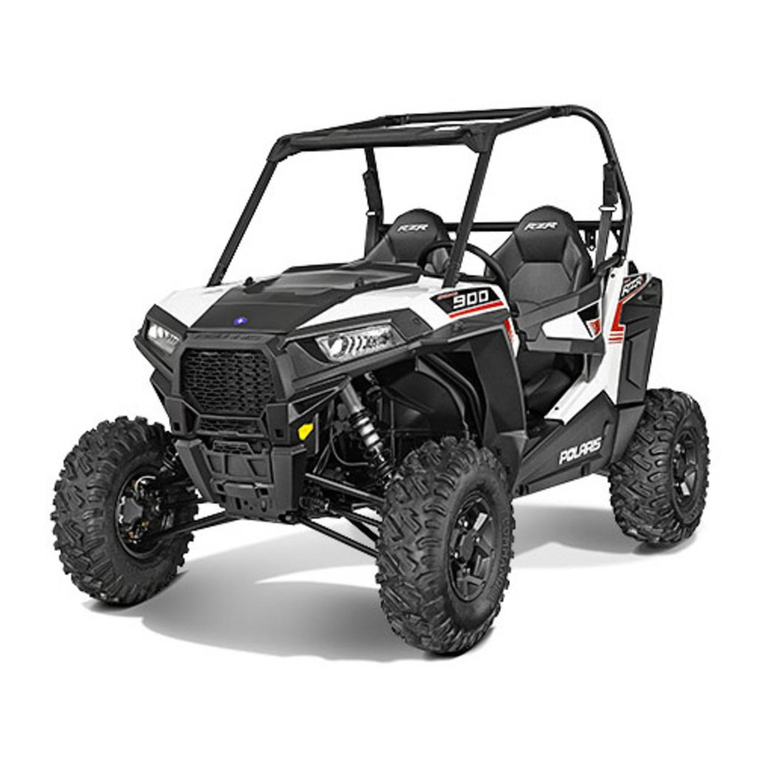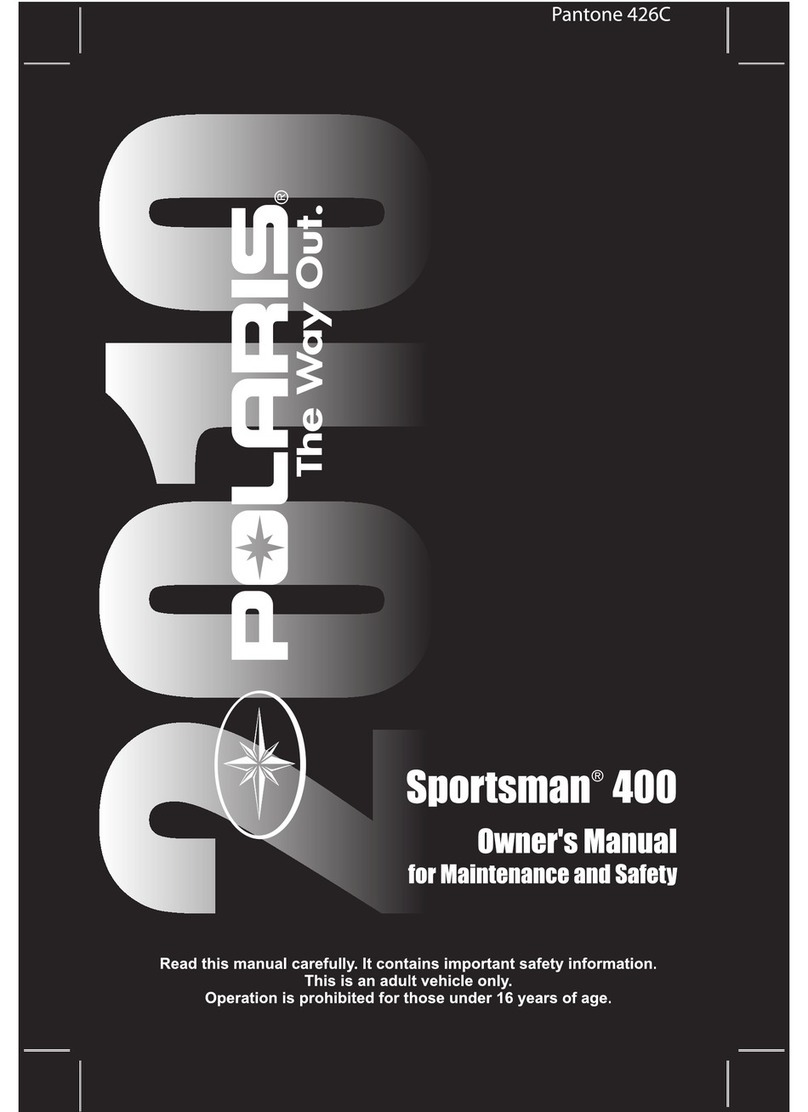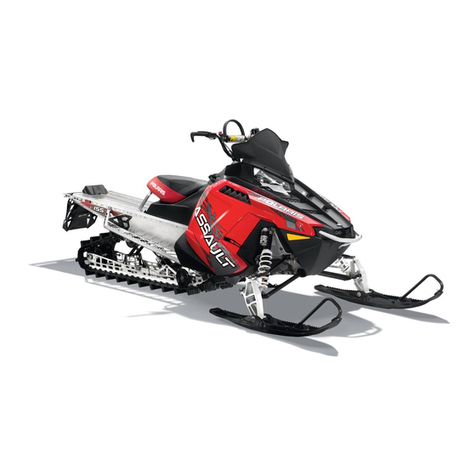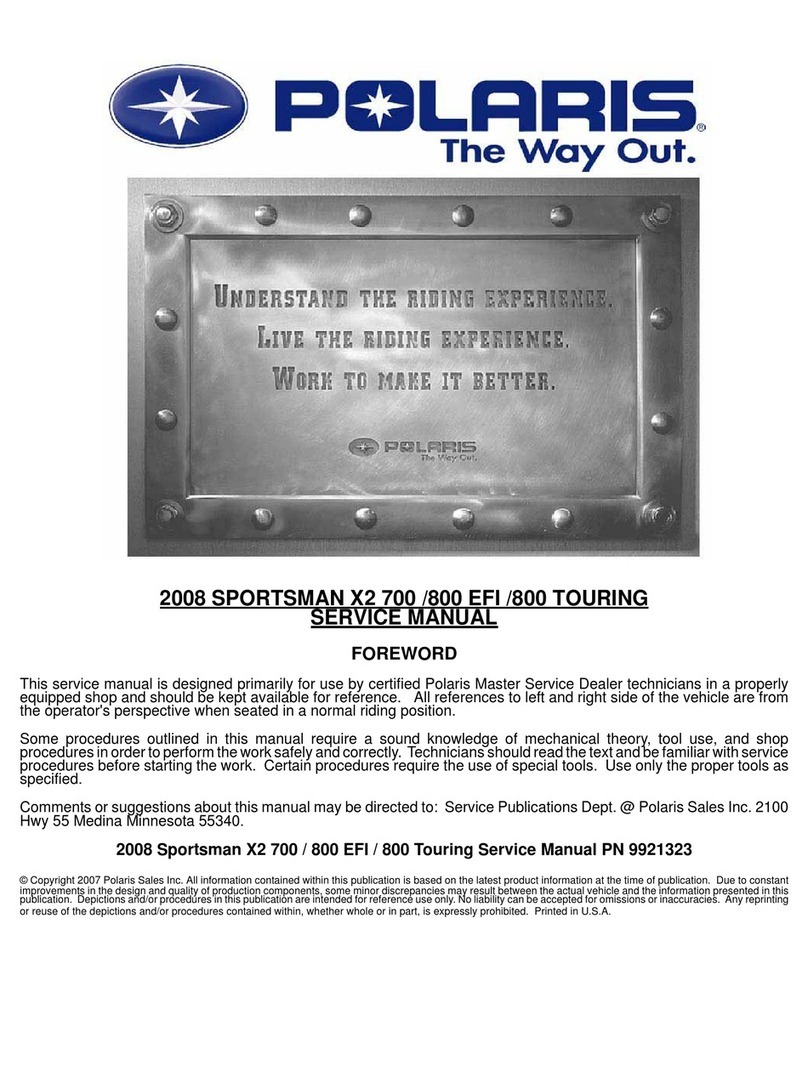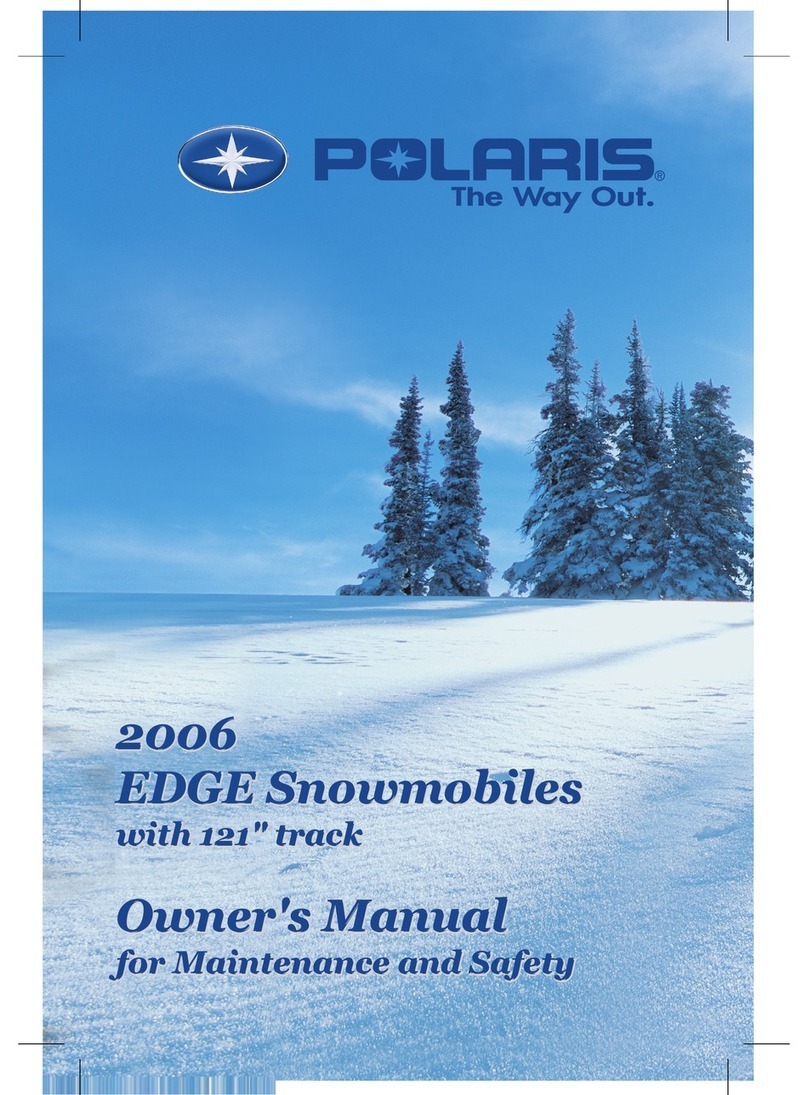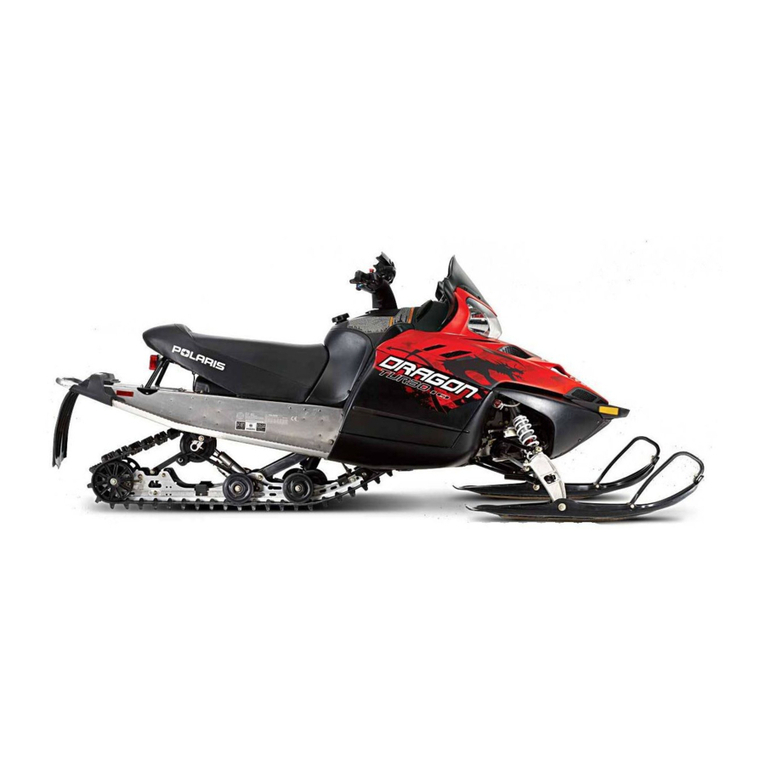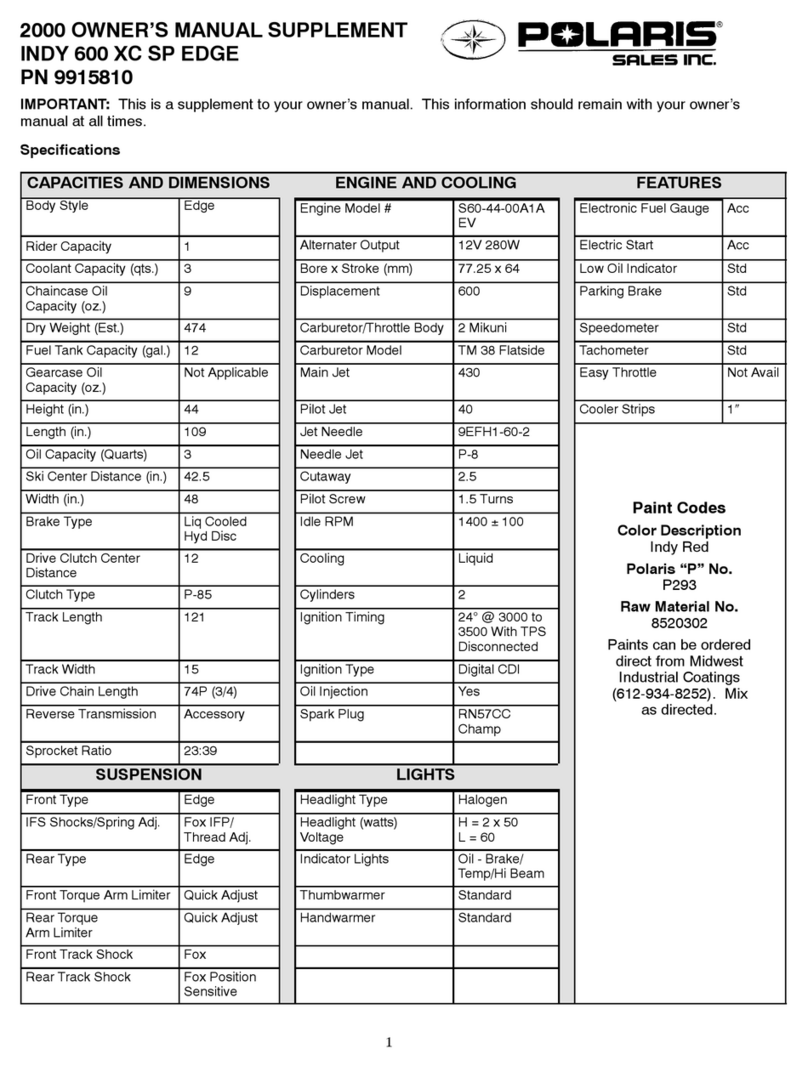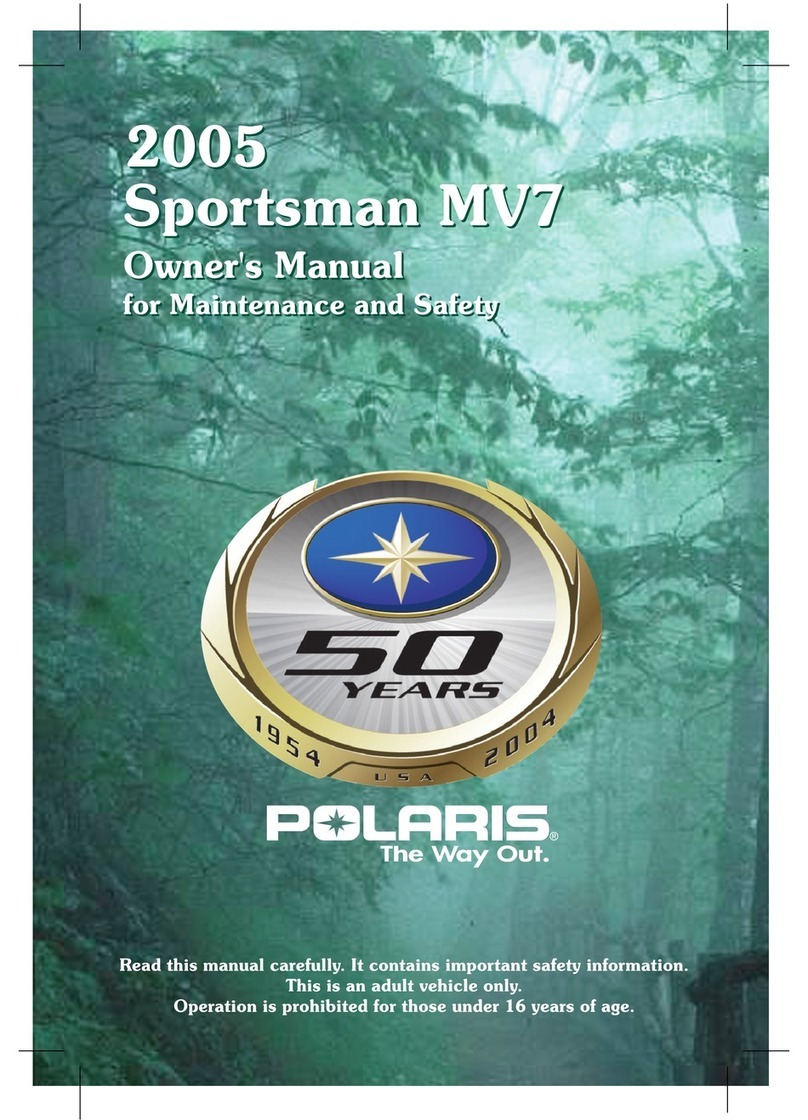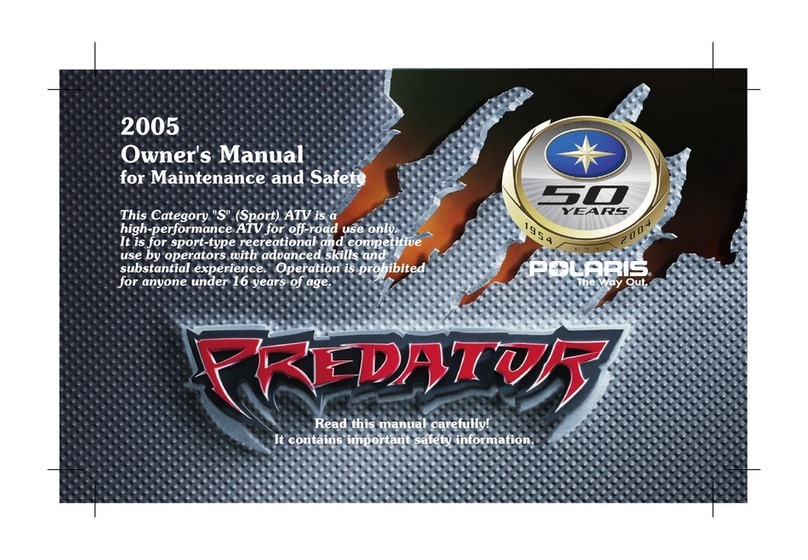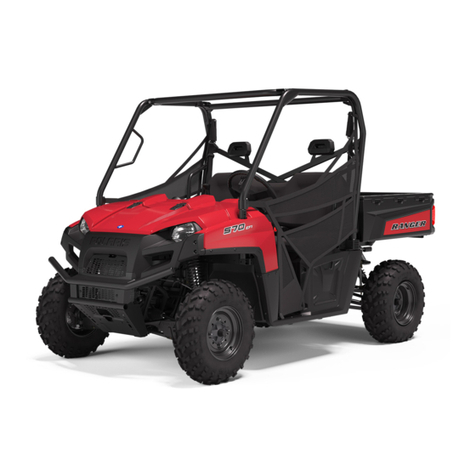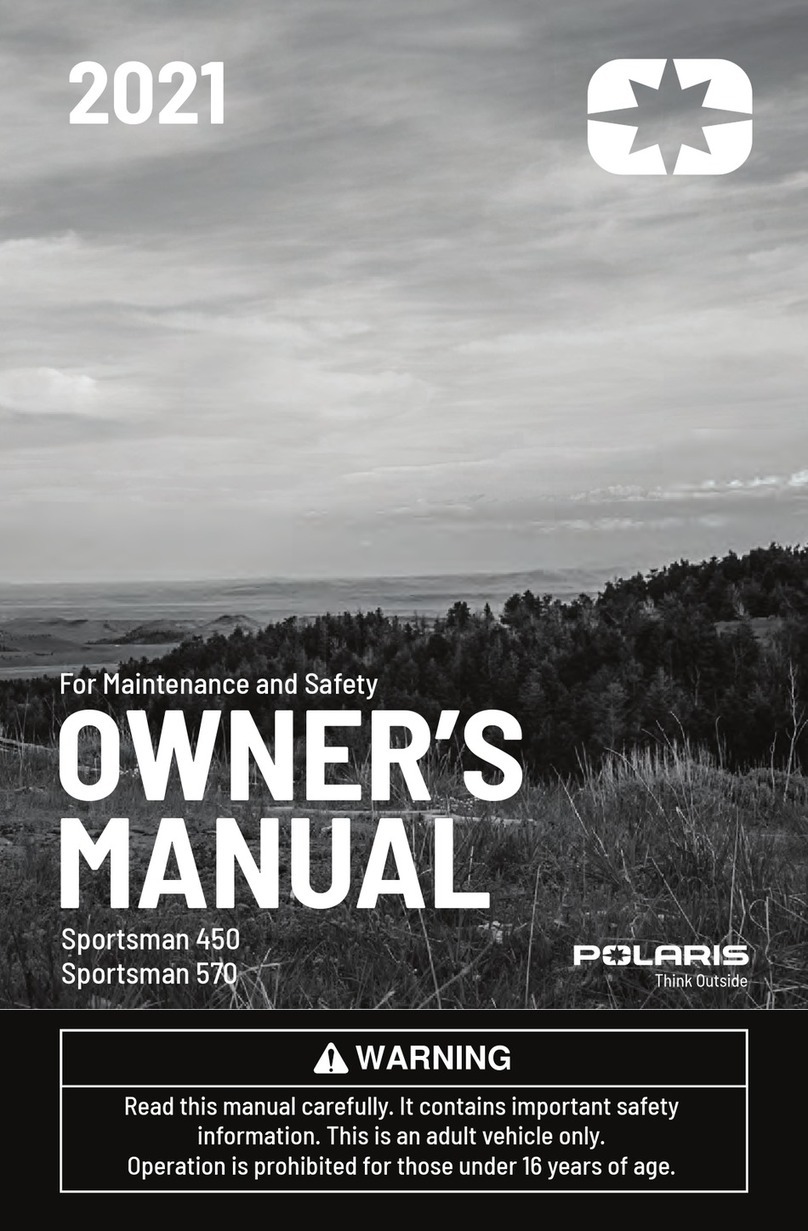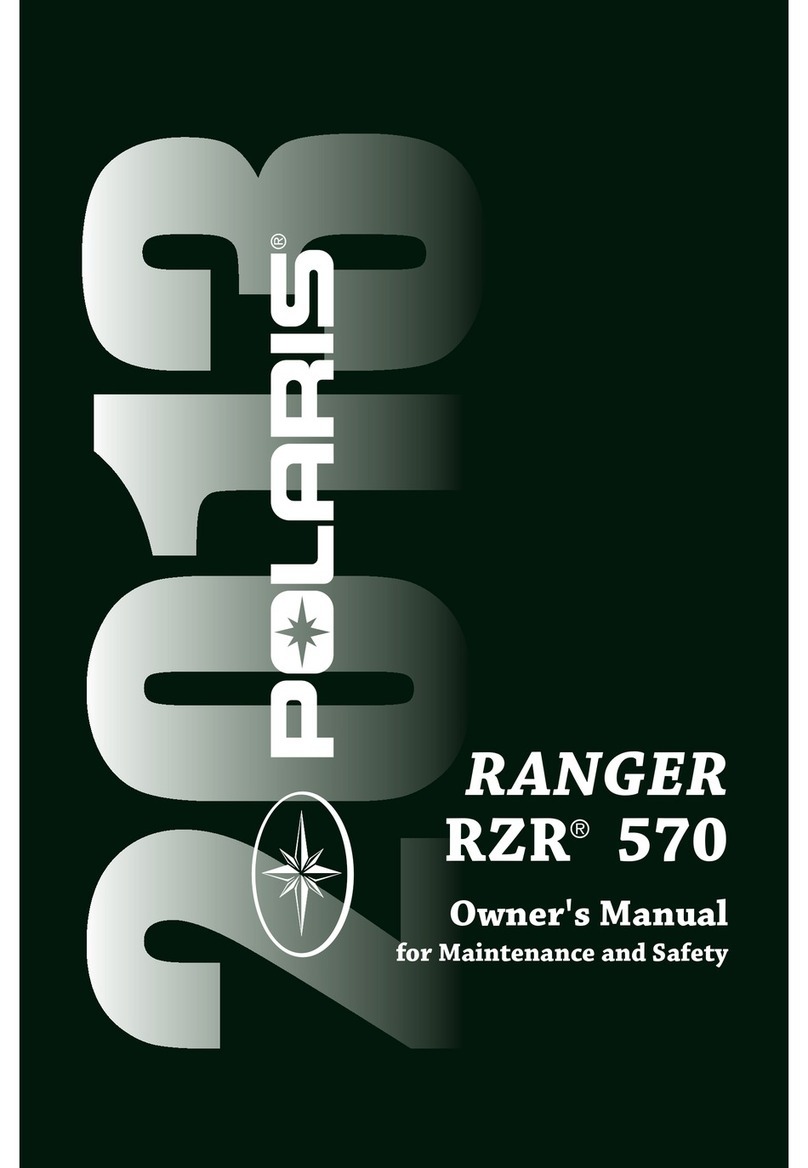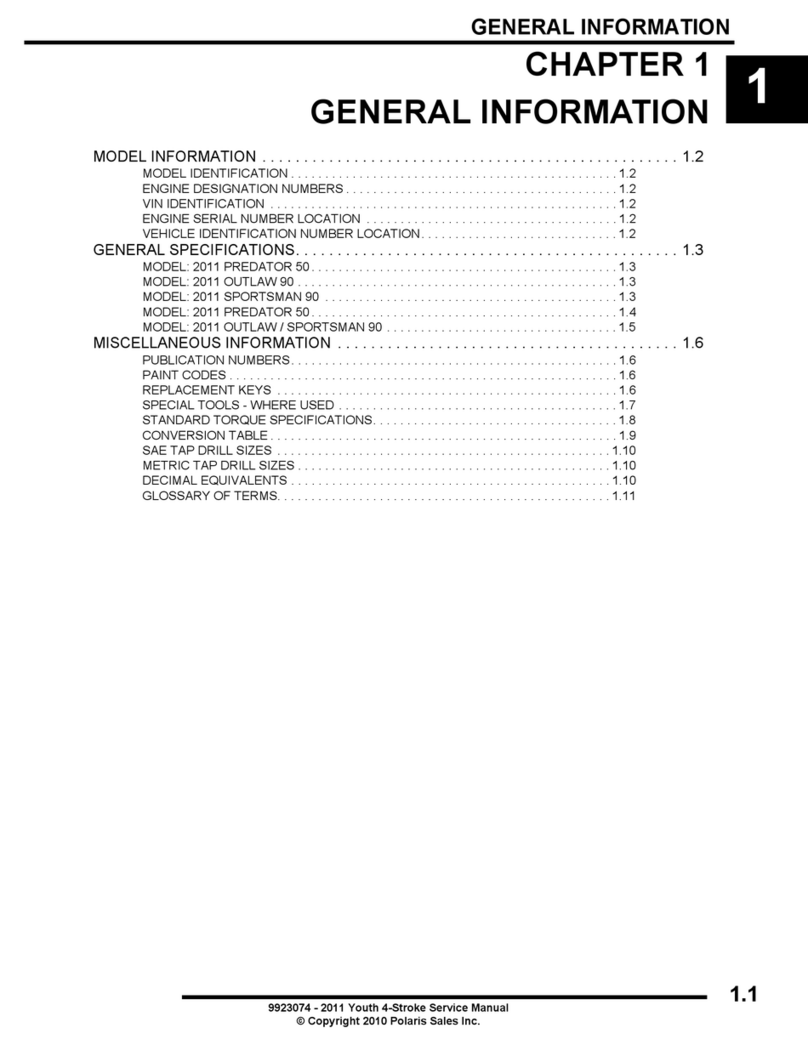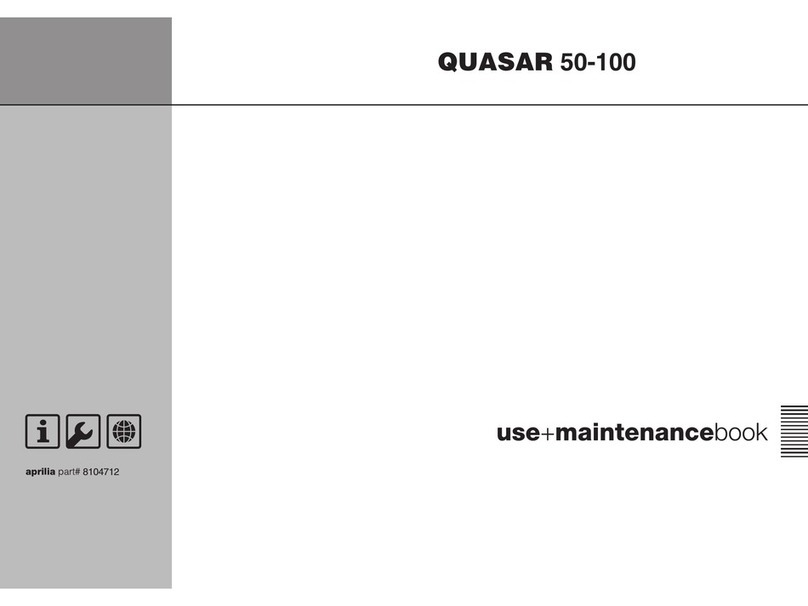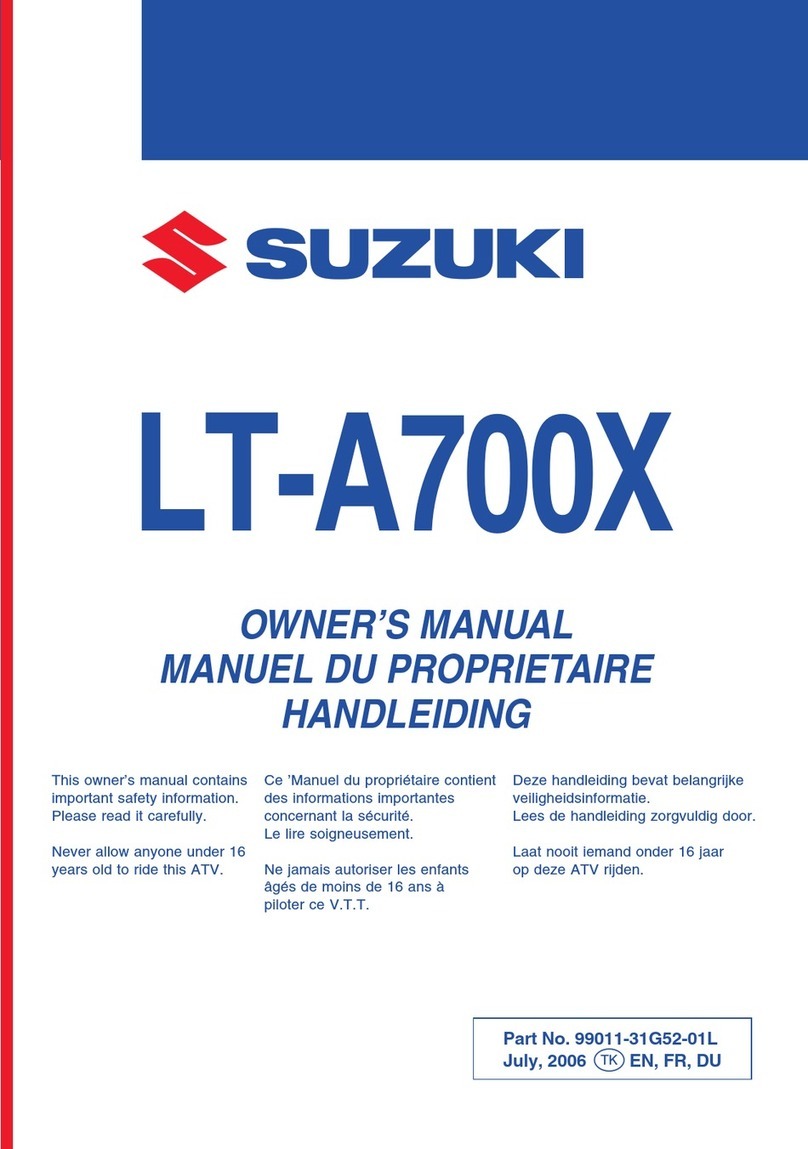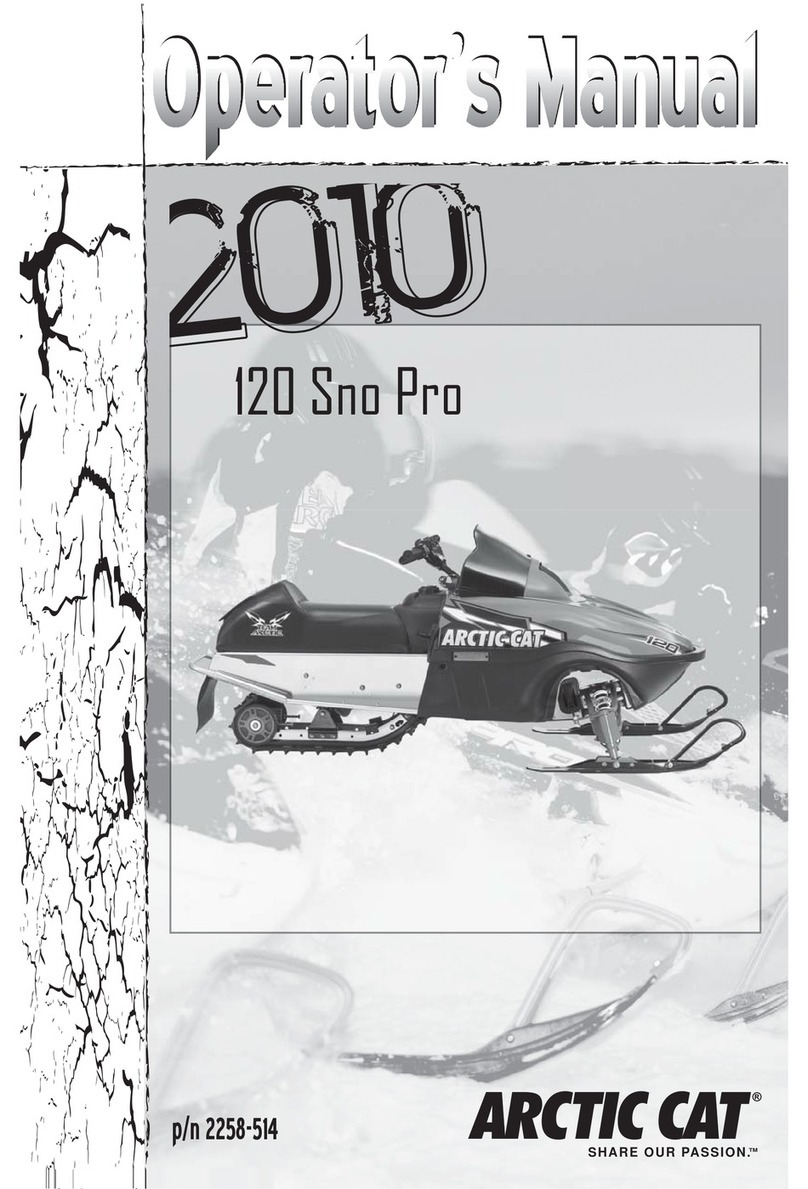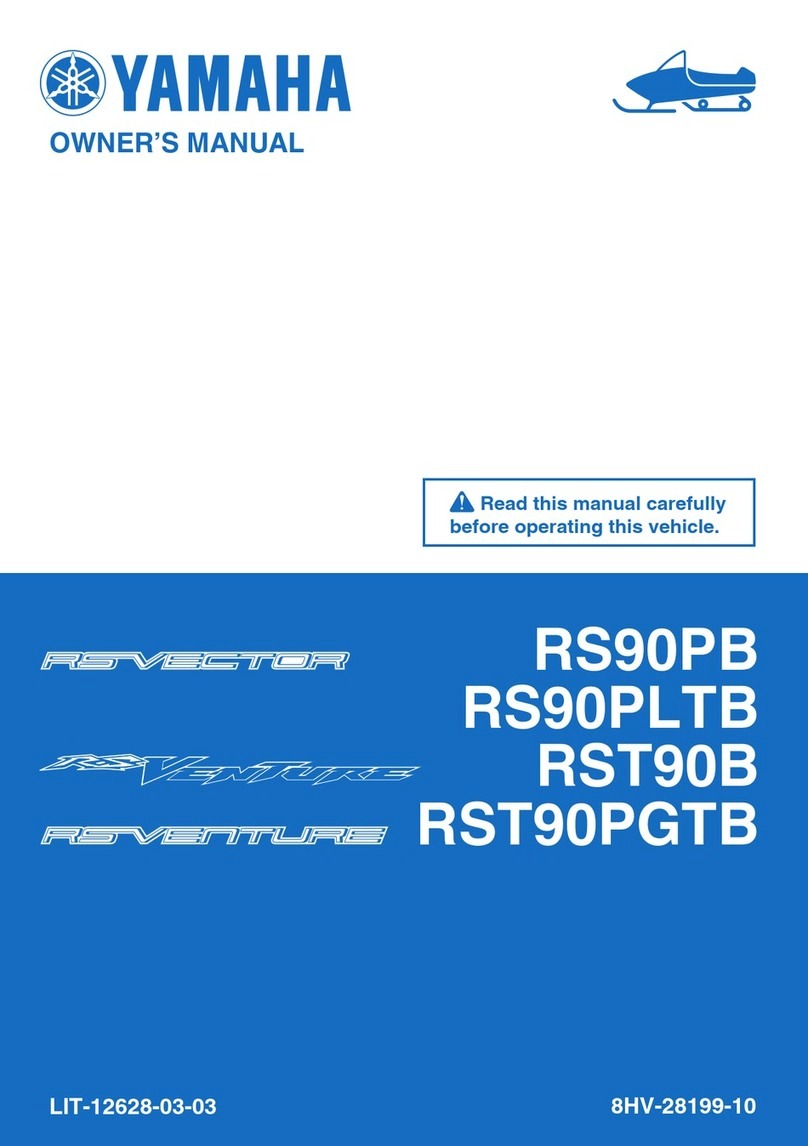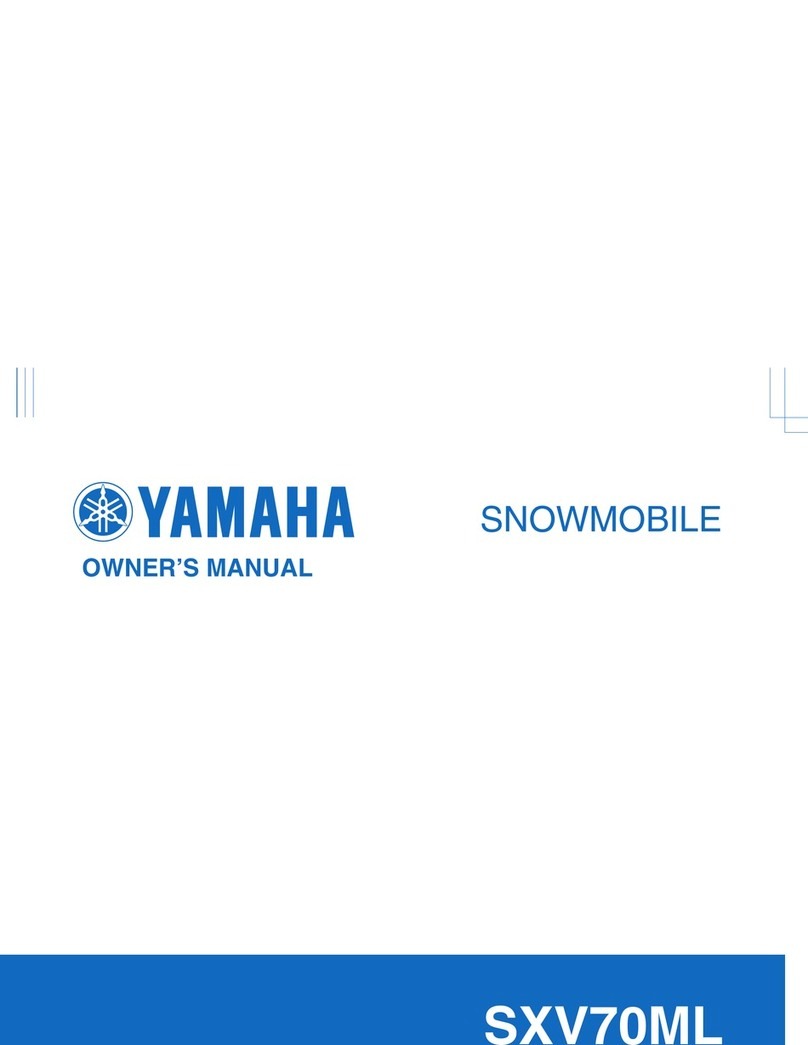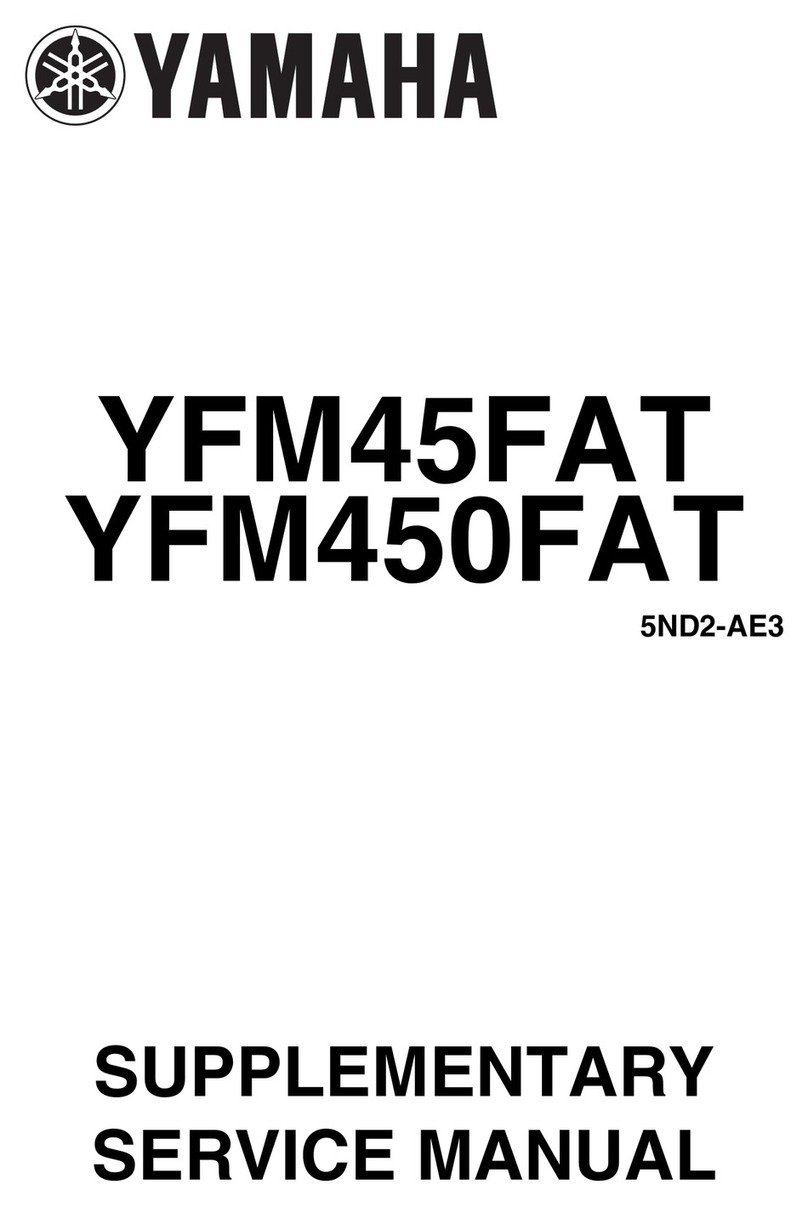
The information contained within this Team Tip is confidential and protected by U.S. and international copyright laws, and is the property of Polaris Sales Inc. This Team Tip is provided for the sole use of
authorized Polaris dealers and distributors. This Team Tip is not to be distributed, duplicated, or copied, digitally or otherwise, without the written consent of Polaris Sales Inc.
© 2012 Polaris Sales Inc. (Page 5 of 13)
F: Specific Gravity Test Procedure
Special Tools:
Hydrometer –SPX Part # PU-50338
Visual inspection alone is not always sufficient in determining the overall
condition of a battery. Both open-circuit voltage and specific gravity readings
can give a good indication of a battery's charge level, age, and overall
condition. Routine voltage and gravity checks will not only show the state of
charge but also help spot signs of improper care, such as undercharging and
over-watering, and possibly even locate a bad or weak cell/battery.
The following steps outline how to properly perform a routine specific gravity
test for a flooded lead-acid battery:
1. Do not add water at this time.
2. Fill and drain the hydrometer 2 to 4 times before pulling out a sample.
3. There should be enough sample of electrolyte in the hydrometer to completely support the float.
4. Take a reading and record it on the corresponding worksheet, and return the electrolyte back to the
cell.
5. To check another cell, repeat steps 2-4 above.
6. Check all cells in the battery.
7. Replace the vent caps and wipe off any electrolyte that might have been spilled.
8. Reading correction calculation for ambient temperatures above or below 80°F:
a. Add .004 to reading for every 10 degrees above 80°F.
b. Subtract .004 for every 10 degrees below 80°F.
9. Compare the readings to each other.
10. Check the state of charge per the service manual.
G: Torque-Load Battery Test Procedure
A DC voltmeter is required to perform the following procedure.
1. Fully charge vehicle batteries.
2. Using a suitable lift table or jack stands, elevate the vehicle so all 4 tires are safely off the ground.
3. Set DC voltmeter to the correct scale to measure individual battery voltage, and so that at least one
decimal place can be read (auto-ranging meters should be set to DC volts).
4. Take a static voltage reading of each battery individually, to get each battery’s starting voltage, and
record the readings.
5. Attach voltmeter to the first battery, with the correct polarity, positive to positive, negative to negative.
6. Set drive mode switch to the highest forward position.
7. Depress and hold the foot brake firmly.
8. Release emergency brake.
NOTE: Some vehicles have a stall-out feature, where the controller cuts power after a set time.
If the vehicle that is being tested does not have this feature, then pick a set time between 5-8
seconds. Use the exact same time period for testing each battery.
9. Still holding the foot brake, push the accelerator all the way to the floor, and hold down for set time.
Watch voltmeter for the lowest voltage displayed.

